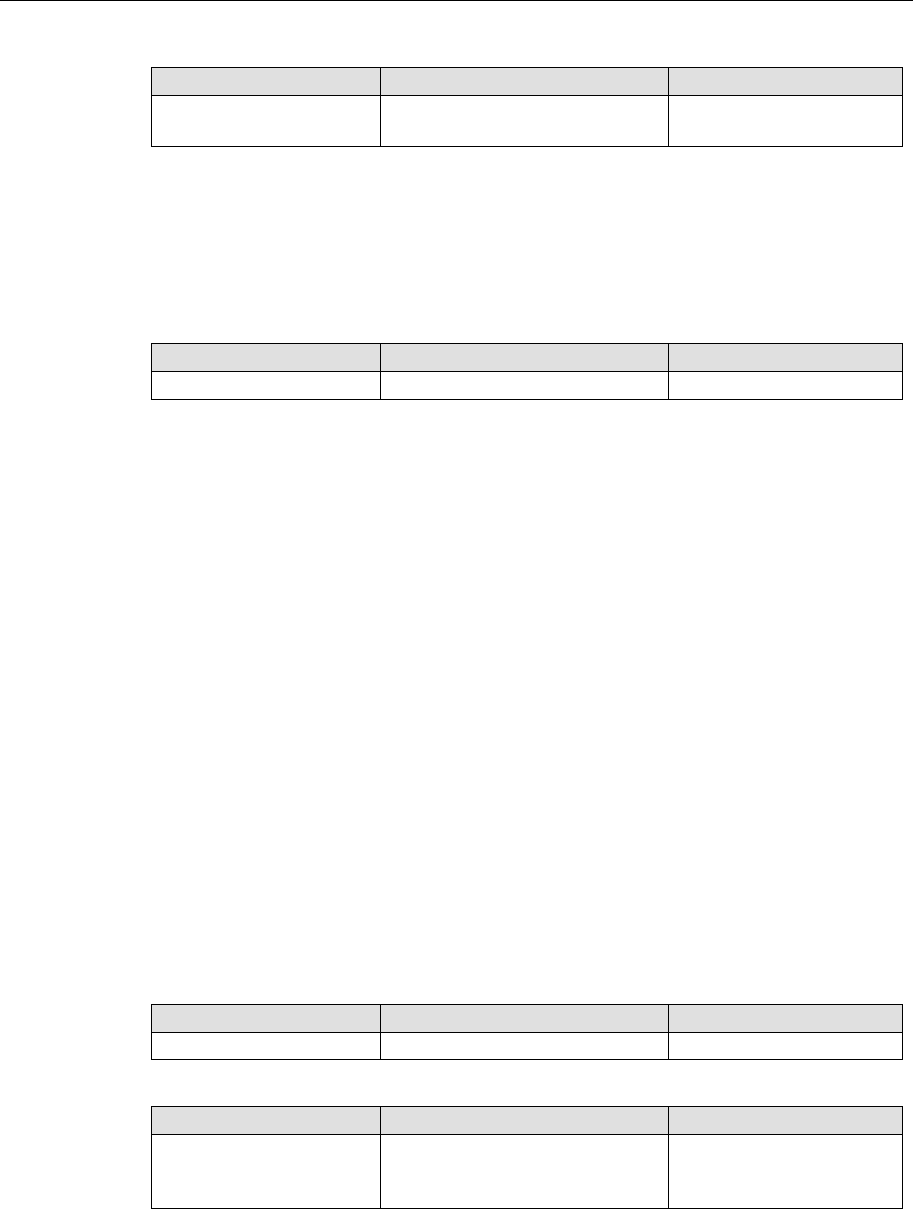
UPort 1200/1400/1600 Series User’s Manual Driver Installation
2-16
Tx Mode
Setting Factory Default Necessity
Hi-Performance,
Classical
Hi-Performance Required
To improve write performance, you can select the Hi-Performance mode. Under classical
mode, the driver will not notify the user’s program that Tx is completed until all Tx data has
been sent out from the UPort; this mode will cause lower throughput. If you want to ensure
that all data is sent out before further processing, classical mode is recommended. Classical
mode is the same as the COM Port behavior: The WriteFile() call will only finish when all
queued data are sent out.
Fast Flush
Setting Factory Default Necessity
Enable/Disable Enable Required
1. For some applications, the user’s program will use the Win32 PurgeComm() function
before it reads or writes data. With our design, after the program uses this PurgeComm()
function, the UPort driver will keep querying UPort’s firmware several times to make
sure that there is really no data queued in the UPort firmware buffer, rather than just
flushing the local buffer. This kind of design is used because of some special
considerations. However, it might take more time (about several hundred milliseconds)
than a native COM1, because it needs to work via Ethernet. This is why the native COM
ports on the motherboard can work fast with this function call, but UPort requires much
more time.
2. To begin with, make sure there are some PurgeComm() functions being used in your
application program. In this kind of situation, you might find that your UPort exhibits a
much poorer operation performance than when using the native COM1 port. Once you
have enabled the Fast Flush function, you can check to see if there has been an
improvement in performance.
3. By default, the optional Fast Flush function is enabled, the UPort driver will work faster
with PurgeComm().
4. Win32 Function PurgeComm() with PURGE_TXCLEAR will clear all queued Tx data.
But for some applications, it will call this function for each transaction and result in low
throughput. To avoid this, you can enable this function. The driver will only clear the data
queued in the local buffer; it will not send firmware through the USB to clear the data
queued in the firmware buffer.
Interface
UPort 1410, 1610-8, 1610-16
Setting Factory Default Necessity
RS-232 RS-232 Required
UPort 1250, 1250I, 1450, 1450I, 1650-8, 1650-16
Setting Factory Default Necessity
RS-232, RS-422,
4-wire RS-485, 2-wire
RS-485
RS-232 Required


















